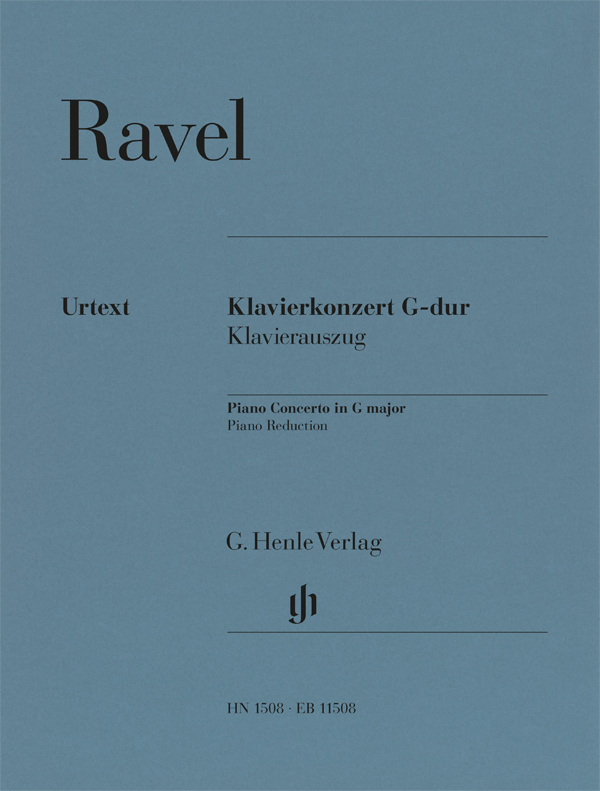

Maurice Ravel
Piano Concerto G major
Ravel’s plans for a piano concerto can be traced back to 1906, but it was only in early 1929 that the composer seriously started work on one. He later stated that he wrote it “in the spirit of the concertos by Mozart and Saint-Saëns”, the music being “cheerful and brilliant” and not “aiming for profundity or dramatic effects”. The outer movements are characterised by rhythmic drive and borrowings from jazz; while the slow movement, with its subtle shifts of accented beats, is entirely dedicated to melody. Alongside manuscripts and prints, a recording made under Ravel’s supervision by the work’s dedicatee, Marguerite Long, was consulted for this Henle Urtext edition. Since its successful premiere in January 1932 the concerto has been part of the repertoire of all great pianists, including Pascal Rogé, the French music expert who has provided the fingerings for the solo part.
mws-henle.cms.title-works.headline
mws-henle.cms-product-detail.composer-headline
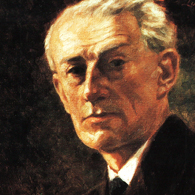
Maurice Ravel
Together with Satie and Debussy, Ravel numbers among the innovators who had a falling out with academic education and created their own avant-garde tonal languages – inspired, in Ravel’s case, by Russian and Spanish music, but also by exoticism – without abandoning tonality. This master of orchestration begins with piano works, which he orchestrates; songs with piano and piano compositions exist on an equal footing in orchestral versions.
mws-henle.cms-product-detail.author-headline

Peter Jost (mws-henle.person.role.HERAUSGEBE)
Dr. Peter Jost, born in 1960 in Diefflen/Saar, read musicology, German and comparative studies at Saarland University in Saarbrücken. He did his PhD in 1988 with a thesis on Robert Schumann’s Waldszenen.
From November 1991 to April 2009 he was a research associate at the Richard Wagner Complete Edition in Munich, and since May 2009 has been an editor at G. Henle Publishers. His Urtext editions comprise predominantly French music of the 19th and 20th centuries, including works by Lalo, Saint-Saëns and Ravel.
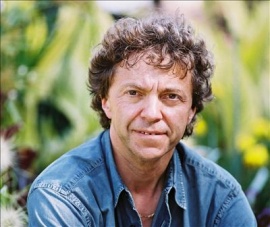
Pascal Rogé (mws-henle.person.role.FINGERSATZ)
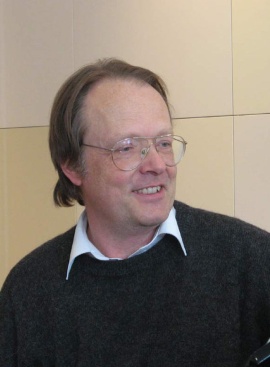
Johannes Umbreit (mws-henle.person.role.KLAVIERAUS)
He is on the jury of different international competitions and has been invited to several international music festivals. Umbreit was a teacher for almost ten years at the Musikhochschule in Munich and at the same time a lecturer for chamber music and piano accompaniment at the Richa
Product Safety Informations (GPSR)

G. Henle Verlag
Here you can find the information about the manufacturer of the product.G. Henle Verlag e.K.
Forstenrieder Allee 122
81476 München
Germany
info@henle.de
www.henle.com
推荐
autogenerated_cross_selling
本书目其他版本


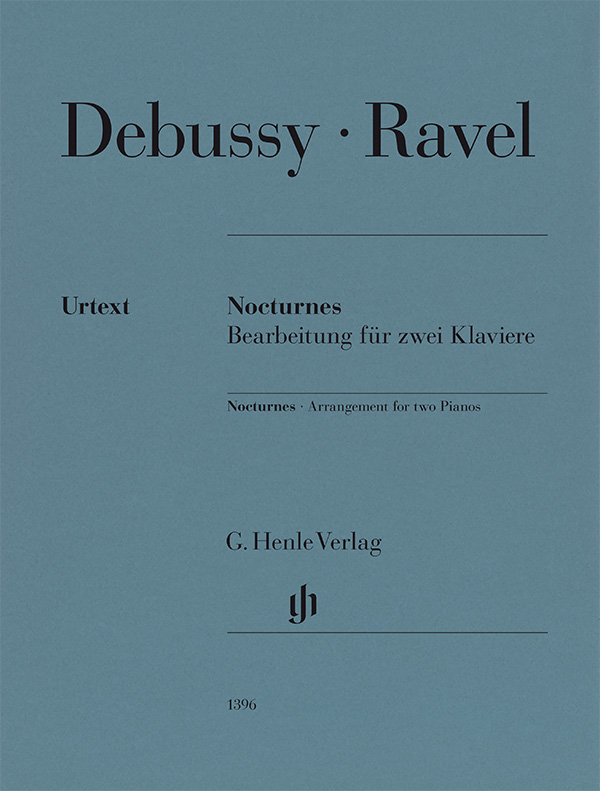
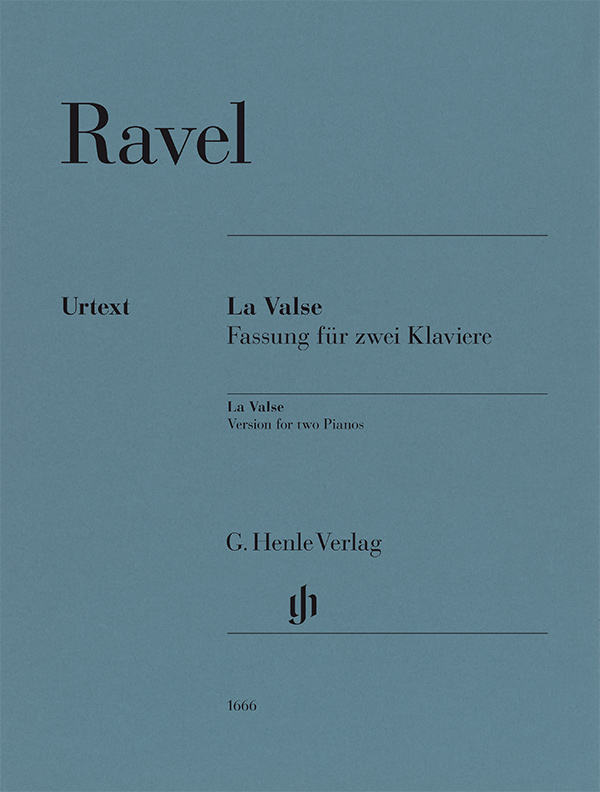
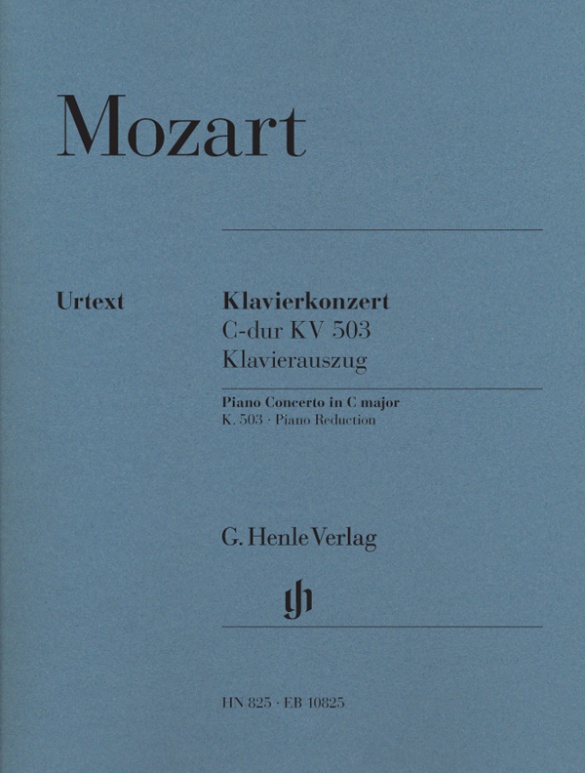

No distribution rights for USA